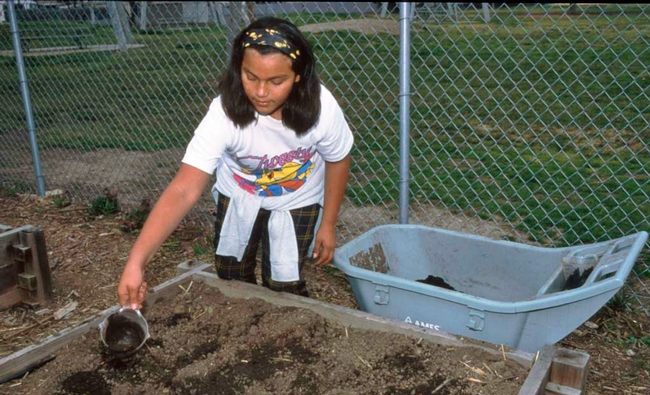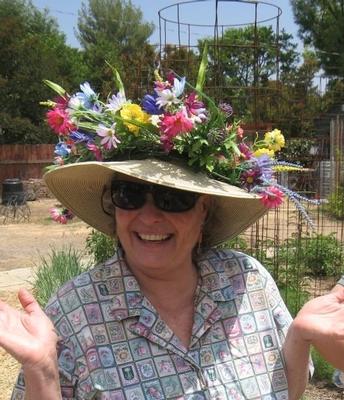With many schools are closed due to the coronavirus crisis, families are educating and entertaining children at home. Susan Schena of The Patch provided nine enriching activities for housebound kids; for the third one she turned to UC Master Gardner Louisa R. Cardenas from the Los Angeles County University of California Cooperative Extension for advice.
"There are numerous free sites with kids' gardening and environmental activities," said Cardenas, who chairs the Los Angeles County Master Gardener Program School Garden Network. "While most resources focus on school-yard gardening, many activities may easily be applicable to home gardens or apartment living."
According to a Los Angeles Times article, gardening does more than keep the kids busy and enriched. It can relieve stress associated with trying times. The article cited research in the Netherlands in which a test group performed a stressful activity for 30 minutes, and then were randomly assigned them to garden outside or read a book indoors. The study found that both activities reduced the cortisol levels that trigger stress, but the people who gardened saw much lower cortisol levels and their positive mood restored, as opposed to the readers, whose moods got worse.
For gardening advice, Times reporter Jeanette Marantos spoke to Yvonne Savio, the now-retired long-time UC Master Gardener coordinator for UC Cooperative Extension in Los Angeles County. Savio writes the blog GardeninginLA.net.
You can plant your tomatoes in late March, Savio said, but wait until April to plant summer crops like eggplant, peppers and cucumber.
If the soil hasn't warmed up to at least 60 degrees, warm-season seedlings “just sit and pout at you,” Savio said. Worse, she said, the cool temperatures can stunt their future growth, destroying your efforts to get an early harvest.
There are plenty of garden tasks that can be accomplished while waiting for warmer soil. The Times article suggests:
- Feed your soil with good organic amendments such as compost and steer manure or organic potting soil for pots.
- Water it well and wait a week or two before planting, because the organisms create a lot heat as they break down, and can burn your tender seedlings. You'll know the soil is safe for planting when the temperature feels comfortable to your bare hand, said Savio.
- Try Savio's technique of burying 5-gallon nursery buckets among your plants (the kind with holes already in the bottom). Make sure the rim of the buckets are about 4 inches above ground, so you have room for mulch, and then fill those buckets with water once or twice a week to force moisture — and roots — deeper into the ground.
For more at-home gardening information, find your local UC Master Gardener program website here:
Attached Images:

